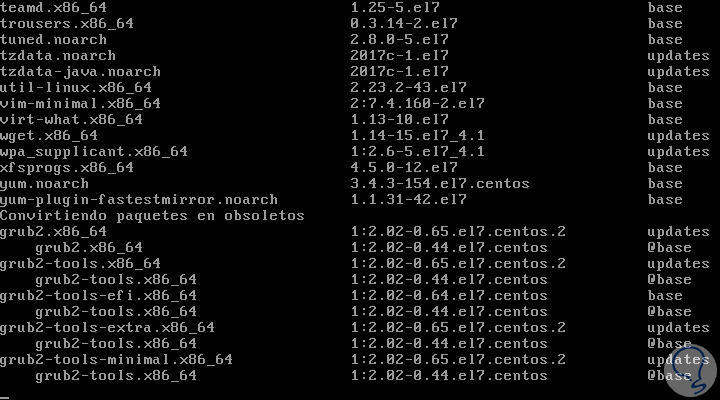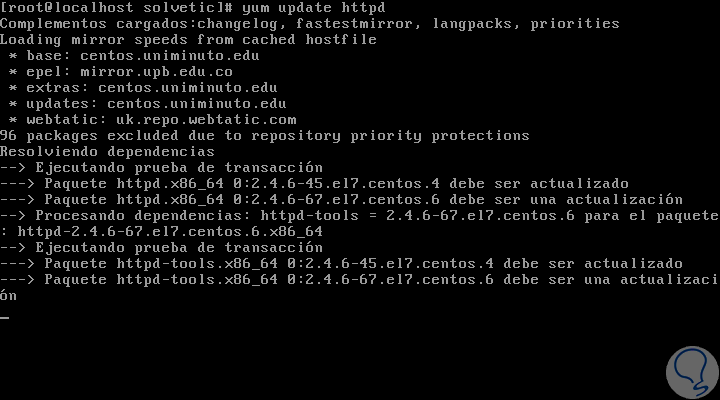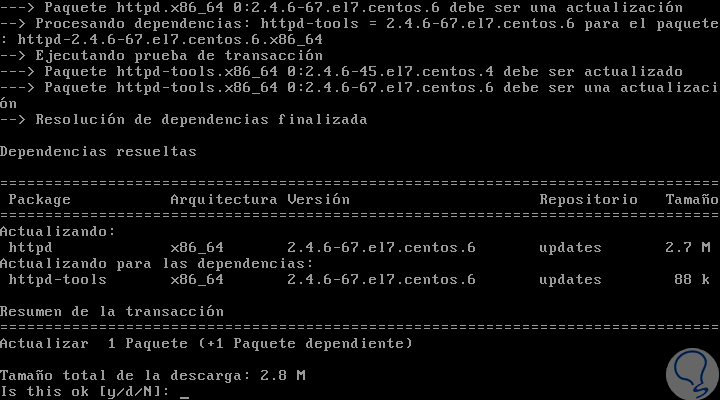When managing teams, users and other elements in an organization, there are countless tasks that we must keep in mind, some with higher priority than others, but all important..
In a digital world where threats associated with security issues are constant, the security of the operating system becomes a unique bulwark to avoid being a victim of the attacks, there are attacks with ransomware, malware, viruses and more that can reach negatively affect the entire infrastructure, making us duplicate administrative and support tasks .
To prevent this, the initial and most fundamental advice is to keep the computers, especially the servers, up to date and there it is ideal to know that the developers of the different operating systems are aware of new threats every day and launch security patches for it. system in order to create a backup point and prevent the computer from being vulnerable..
Today we will focus on a delicate point and that is to verify and install the updates in CentOS 7 that are available for our system, in this case CentOS 7, since this will mitigate the impact of threats and we will be sure that the system will be reliable.
1. Checking for updates on CentOS 7 Linux
To check if there are updates available for the packages installed in CentOS 7, it will be necessary to use the YUM package manager with the check-update subcommand, this helps us to see all the package updates from all the repositories, if any are available in time real, we will execute the following:
yum check-update
Executing this command will load all the package names with their respective available version and task type:

2. Update a single package on CentOS 7 Linux
To update a single package to the latest available version, simply run the following command:
yum epate httpd
In this example, we will use yum to try to update the httpd package, the result will be as follows:

Once we pass the respective tests we can proceed with the approval of download and installation of the packages of said package:

3. Updating packages with Yum on CentOS 7 Linux
Another option that we have in CentOS 7 is to update a group of packages at the same time, for this we can use the following command with the respective packages:
yum epate "Development Tools"
In this case we have selected this option to update in one go the development tools (C and C ++ compiler plus related utilities).

4. General system update on CentOS 7 Linux
To update all the operating system software, as well as its dependencies to the latest version, we can use the following command:
yum epate

There we have the global list of packages that need to be updated in CentOS 7..
This way it is possible to check and install the updates available for CentOS 7.